When it comes to choosing cookware, two materials often stand out: aluminum and stainless steel. Both offer unique advantages and can be the perfect addition to your kitchen, depending on your cooking needs. In this article, we’ll compare these two materials based on key factors like heat conduction, durability, maintenance, and cooking performance to help you make an informed choice.
What is Aluminum Cookware?
Aluminum cookware is made from aluminum metal, which is known for its excellent heat conductivity. This means it heats up quickly and distributes heat evenly across the cooking surface, making it ideal for quick cooking methods like stir-frying and sautéing. Aluminum cookware is also lightweight, which makes it easy to handle, especially for those who prefer lighter pots and pans.
In terms of durability, aluminum is softer compared to other materials like stainless steel. This makes it more prone to scratching, denting, and warping under high heat.
For maintenance, aluminum cookware requires some care. Non-anodized aluminum can discolor easily and may react with acidic foods, affecting the flavor and appearance of your dishes. Anodized aluminum is more resistant to these issues, but both types should generally be cleaned carefully to avoid scratching and damaging the surface.
As for cooking performance, aluminum provides excellent heat distribution and rapid temperature changes, which makes it suitable for many cooking tasks. However, it’s not as good at retaining heat as heavier materials like cast iron or stainless steel. For best results, aluminum cookware is often used for quick cooking tasks or in combination with non-stick coatings to make cooking and cleaning easier.
What is Stainless Steel Cookware?
Stainless steel cookware is made from a mixture of steel, chromium, and sometimes nickel, which gives it its signature durability, resistance to corrosion, and stain resistance. It’s known for its strength, non-reactivity, and long-lasting nature, making it a popular choice in both home and professional kitchens.
When it comes to heat conduction, stainless steel alone is not the best performer as it heats up slowly and may have hot spots. However, many high-quality stainless steel cookware sets feature a multi-ply construction (e.g., tri-ply), which combines layers of aluminum or copper in the base to enhance heat conductivity and ensure even heat distribution. This allows stainless steel cookware to heat evenly and cook food consistently.
In terms of durability, stainless steel is highly resistant to rust, scratches, and stains. It can withstand high temperatures and is often oven-safe. It also doesn’t react with acidic or alkaline foods, unlike materials such as cast iron or aluminum, ensuring the flavor of your dishes remains intact.
Maintenance is relatively easy for stainless steel cookware. It’s dishwasher-safe and requires only occasional polishing to maintain its shine. However, it’s important to avoid harsh scrubbing on the surface, as it can cause scratches. For tougher stains or burned food, using a specialized cleaner or mild abrasive is recommended.
In terms of cooking performance, stainless steel is incredibly versatile. It is great for browning, searing, and deglazing due to its high heat tolerance, and it is perfect for boiling, steaming, and sautéing. It also works well with induction cooktops when it has a magnetic base, making it an excellent choice for various cooking methods. However, because it doesn't retain heat as well as other materials, it might not be the best for dishes that require slow, consistent cooking.
Here’s a comparison between Aluminum Cookware and Stainless Steel Cookware:
| Feature | Aluminum Cookware | Stainless Steel Cookware |
| Heat Conductivity | Excellent heat conductivity, heats up quickly and evenly. | Slower to heat but often features multi-ply construction for improved heat distribution. |
| Durability | Soft, can scratch, dent, or warp easily. Anodized aluminum is more durable. | Extremely durable, resistant to rust, scratches, and stains. |
| Maintenance | Can discolor or react with acidic foods; requires gentle cleaning, usually hand-washing recommended. | Easy to clean, dishwasher-safe, and resistant to stains, though scratches may appear over time. |
| Cooking Performance |
Ideal for quick cooking methods (stir-frying, sautéing); not great for heat retention.
|
Great for browning, searing and slow cooking; handles high heat and is versatile. |
| Compatibility with Cooktops | Works with most stovetops, including induction (with magnetic base). | Works with all stovetops, including induction (when base is magnetic). |
| Weight |
Lightweight, easy to handle.
|
Heavier, especially in high-quality models. |
| Reactivity with Food | Can react with acidic foods, affecting flavor. | Non-reactive, doesn’t alter the taste of food. |
| Cost | Generally, more affordable than stainless steel. | More expensive, especially high-end multi-ply models. |
What is Nonstick Cookware?
Nonstick cookware refers to pots and pans coated with a surface that prevents food from sticking, making cooking and cleaning easier. There are several types of nonstick coatings, including traditional PTFE (Teflon), ceramic, and enamel.
Among these, ceramic-coated cookware stands out as an excellent choice due to its natural, non-toxic properties. Ceramic coatings are typically PFOA-free and PTFE-free, making them a safer option compared to traditional nonstick cookware. These pans offer even heat distribution, a slick cooking surface that requires little to no oil, and they are easy to clean.
Ceramic coatings also provide greater resistance to high heat and are more environmentally friendly than other nonstick options. Additionally, ceramic nonstick cookware is durable, long-lasting, and typically doesn’t degrade over time as much as Teflon, which can break down at high temperatures. This makes ceramic-coated cookware an ideal choice for healthier cooking while ensuring long-term reliability.
What is Better to Cook in Aluminum or Stainless Steel?
When it comes to cooking, aluminum is often considered the better choice due to its excellent heat conductivity, which allows it to heat up quickly and distribute heat evenly. This makes it ideal for quick cooking methods like sautéing and stir-frying. However, ceramic-coated aluminum cookware takes it a step further by offering a non-toxic, non-stick surface that requires less oil and ensures easier cleanup. The ceramic coating also enhances durability, providing a long-lasting, scratch-resistant surface while remaining free of harmful chemicals like PFOA and PTFE, which are often found in traditional nonstick pans.
This combination of lightweight aluminum and eco-friendly ceramic coating makes it the best choice for both health-conscious cooking and long-term performance, offering versatility, speed, and convenience in the kitchen.
Ciarra Gadgets Ceramic Nonstick 4-Piece Cookware Set
If you're looking for high-quality cookware that combines performance, durability, and safety, Ciarra Gadgets cookware is an excellent choice. Their ceramic-coated non-stick cookware sets offer the perfect balance of easy cooking and effortless cleaning.
The Ciarra Gadgets Ceramic Nonstick 4-Piece Cookware Set includes a frying pan, sauté pan, sauce pan, and Dutch oven, all crafted with a durable aluminum body and ceramic coating that’s free from harmful chemicals like PFOA and PTFE.

This cookware is designed to distribute heat evenly, providing consistent cooking results. The ergonomic handles ensure comfortable use, while the non-stick ceramic coating allows for healthier cooking with minimal oil. Ciarra Gadgets cookware is also compatible with all stovetops, including gas, and is oven-safe up to 450℉, offering great versatility in your kitchen.
Conclusion
In conclusion, choosing the right cookware can significantly enhance your cooking experience, and Ciarra Gadgets cookware offers the perfect balance of efficiency, safety, and durability. Whether you're looking for non-toxic, easy-to-clean ceramic-coated pans or cookware that ensures even heat distribution and long-lasting performance, Ciarra's products are designed to meet all your culinary needs. With their eco-friendly coatings, ergonomic design, and compatibility with various stovetops, Ciarra cookware ensures that every meal is cooked to perfection. Investing in Ciarra Gadgets cookware means choosing quality, versatility, and healthier cooking—making it the ideal addition to any kitchen.
Related:
Induction Cooktop with Cookware Set: A Modern Kitchen Essential
Best Cookware for Induction Cooktop
FAQs
Is Aluminum Cookware Lighter than Stainless Steel?
Yes, aluminum cookware is much lighter, making it easier to handle, especially for everyday use.
Does Stainless Steel Cookware Have Better Longevity?
Yes. Stainless steel typically lasts longer as it’s resistant to rust, corrosion, and wear over time.
Which Cookware is Better for Gas Stoves?
Both work well, but aluminum heats quickly, while stainless steel offers more precise heat control and better tolerance for high flame.
Can You Use Metal Utensils on Aluminum or Stainless Steel Cookware?
Metal utensils can scratch both. It’s safer to use silicone, wood, or plastic utensils, especially with non-stick aluminum pans.
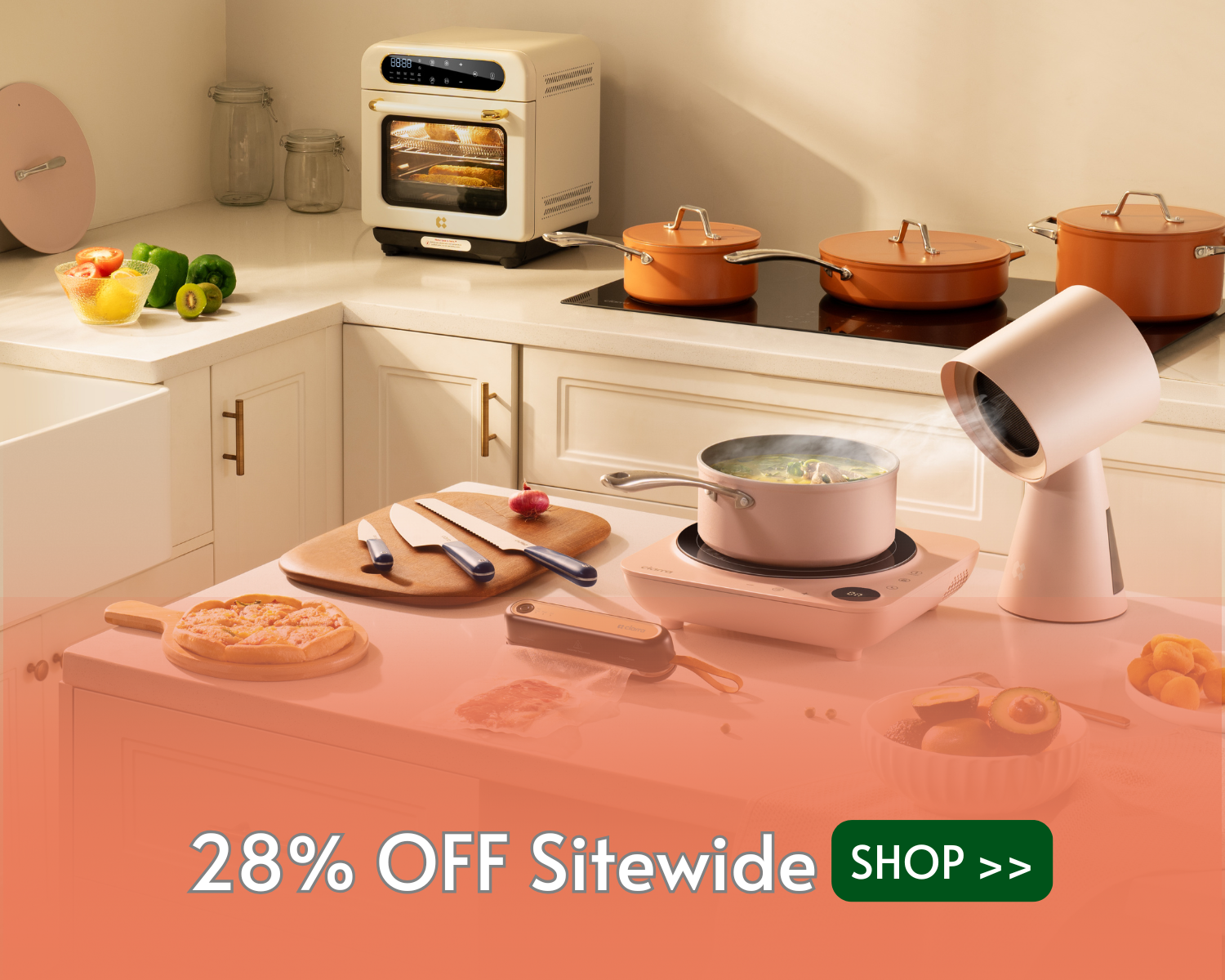

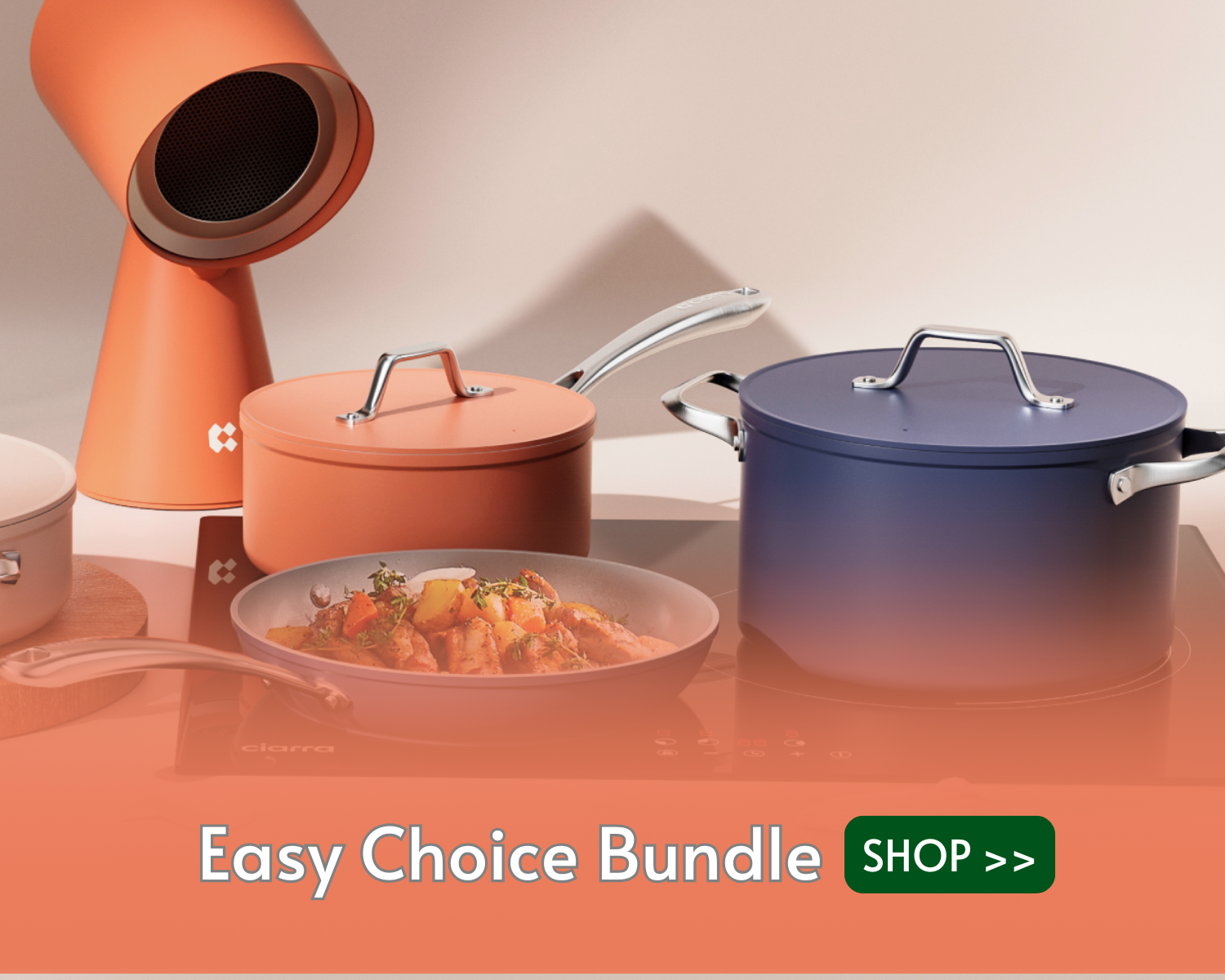

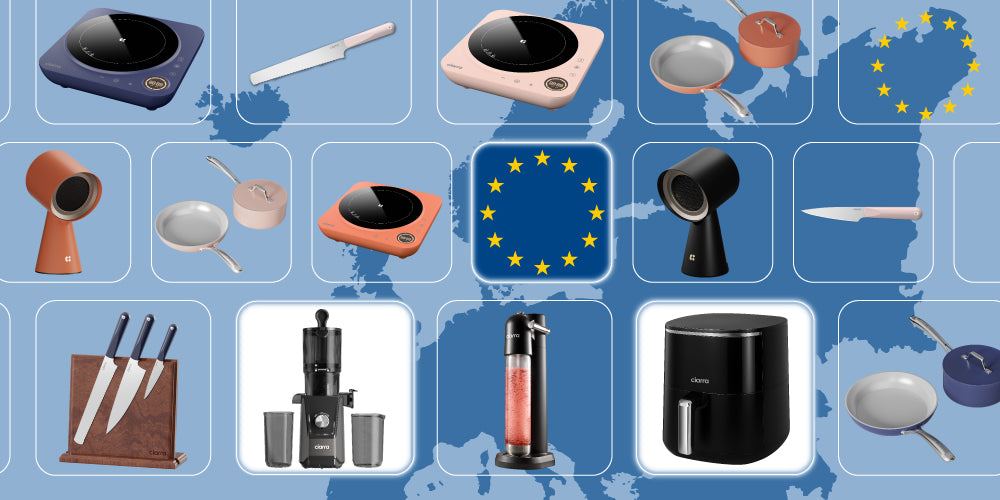
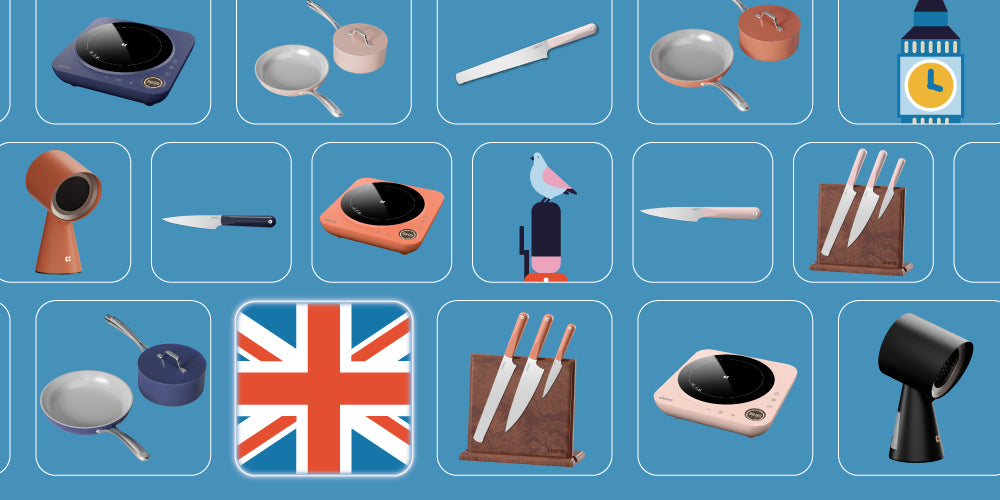

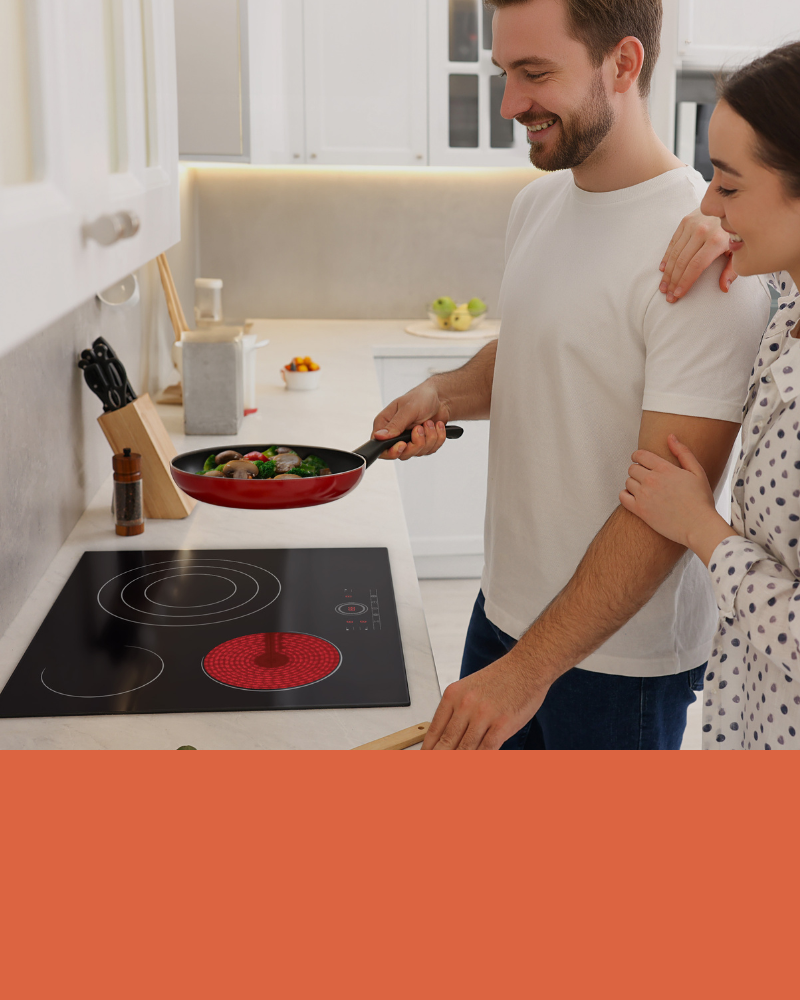
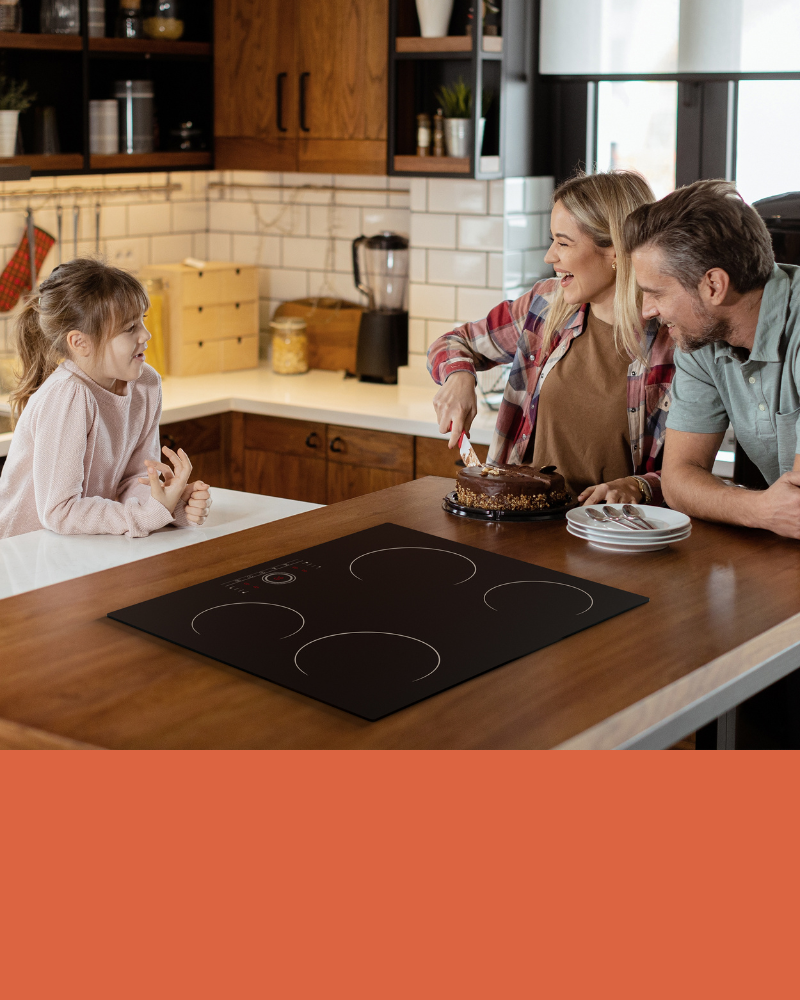
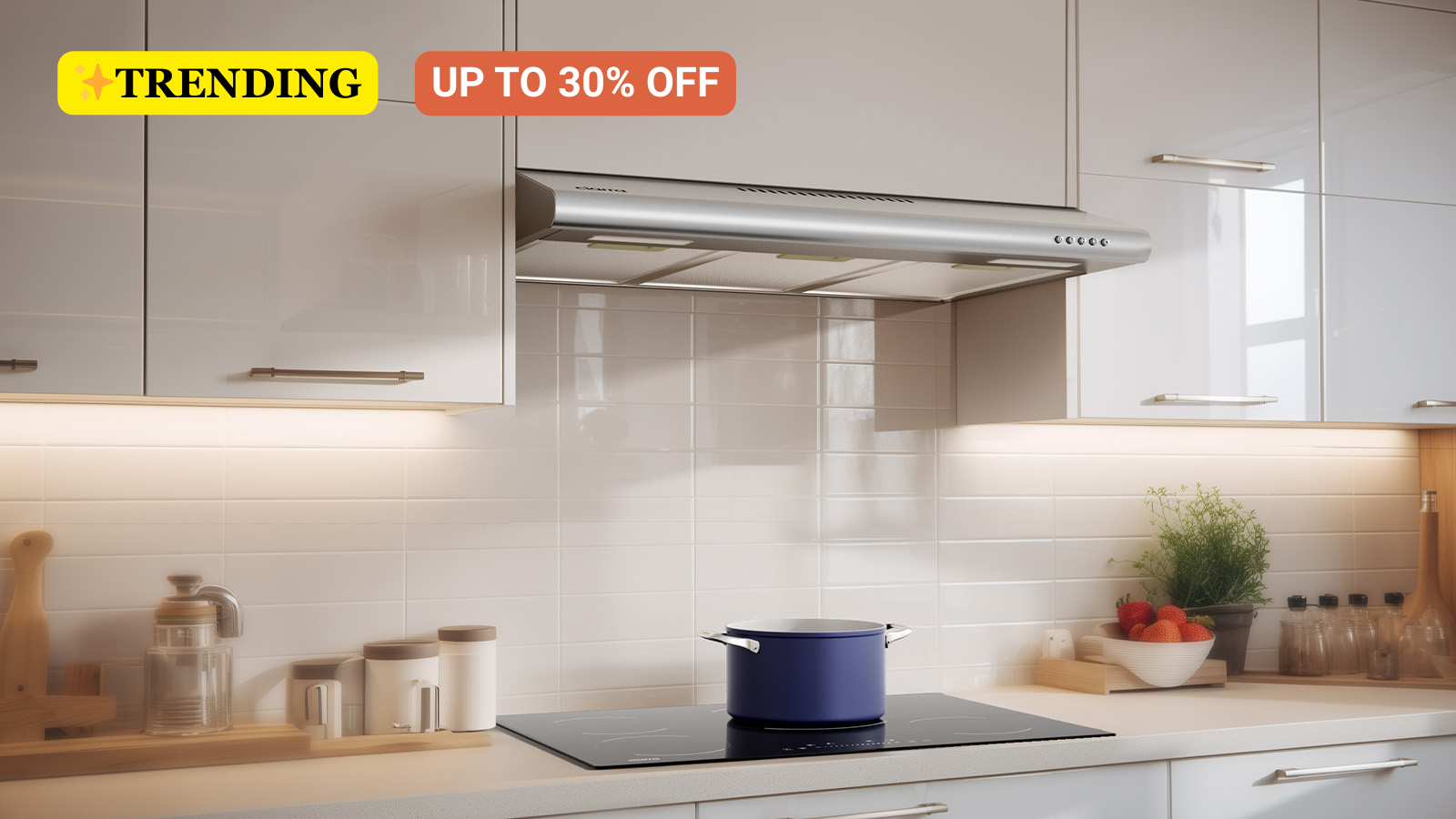
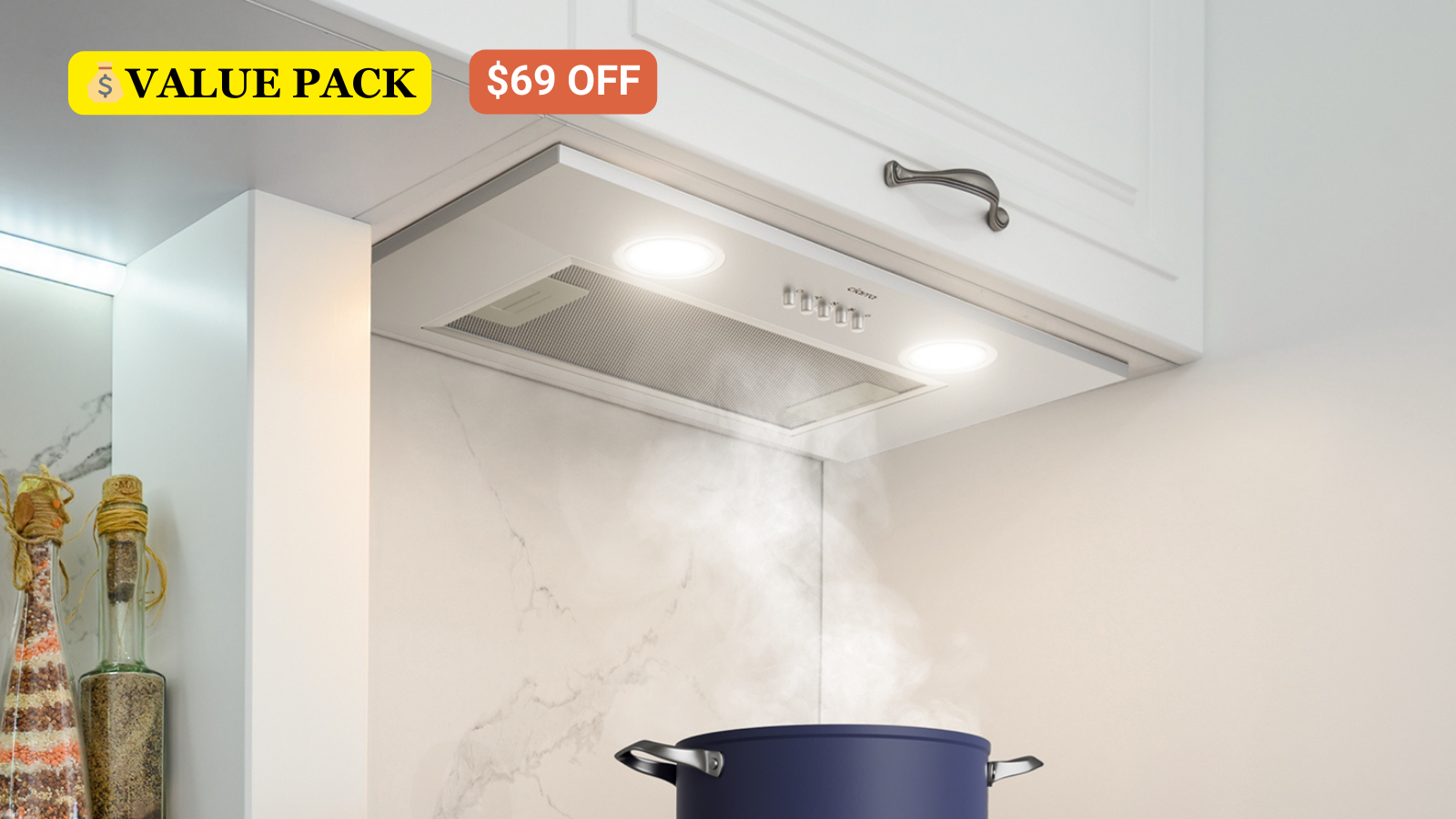
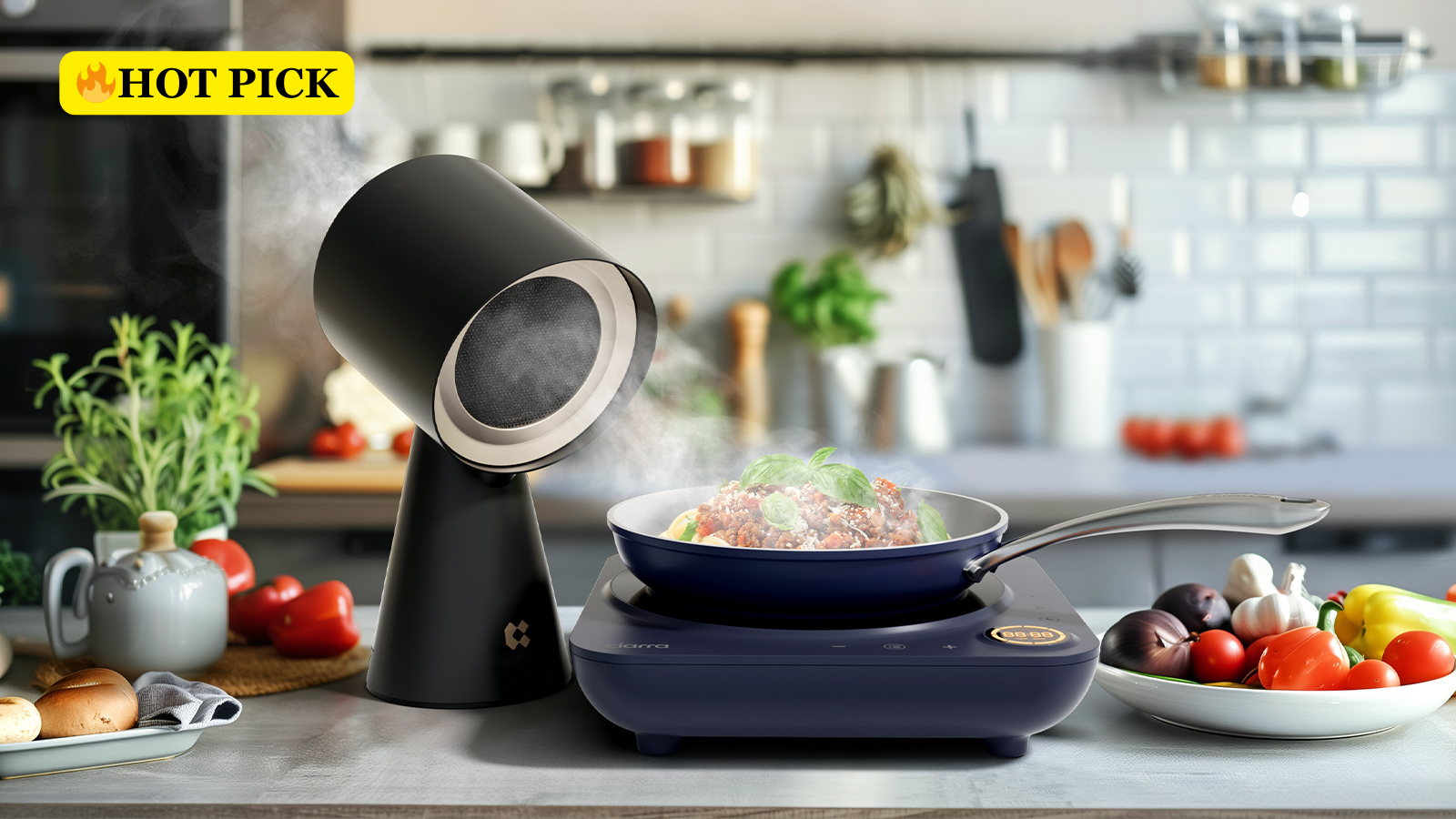
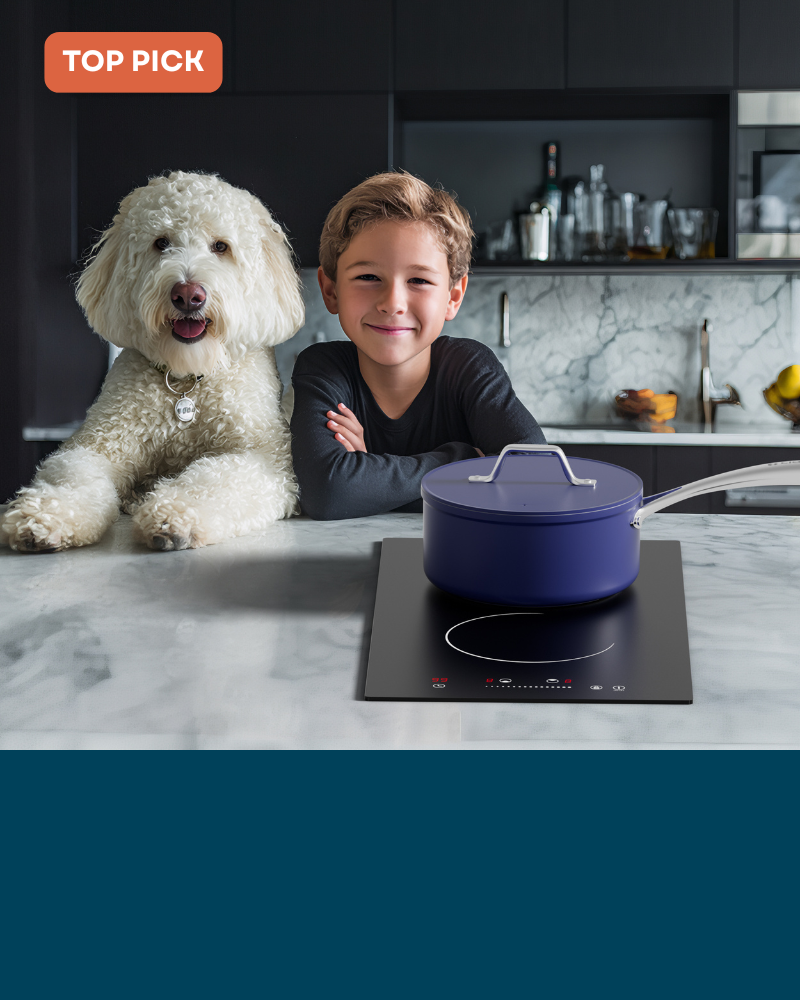
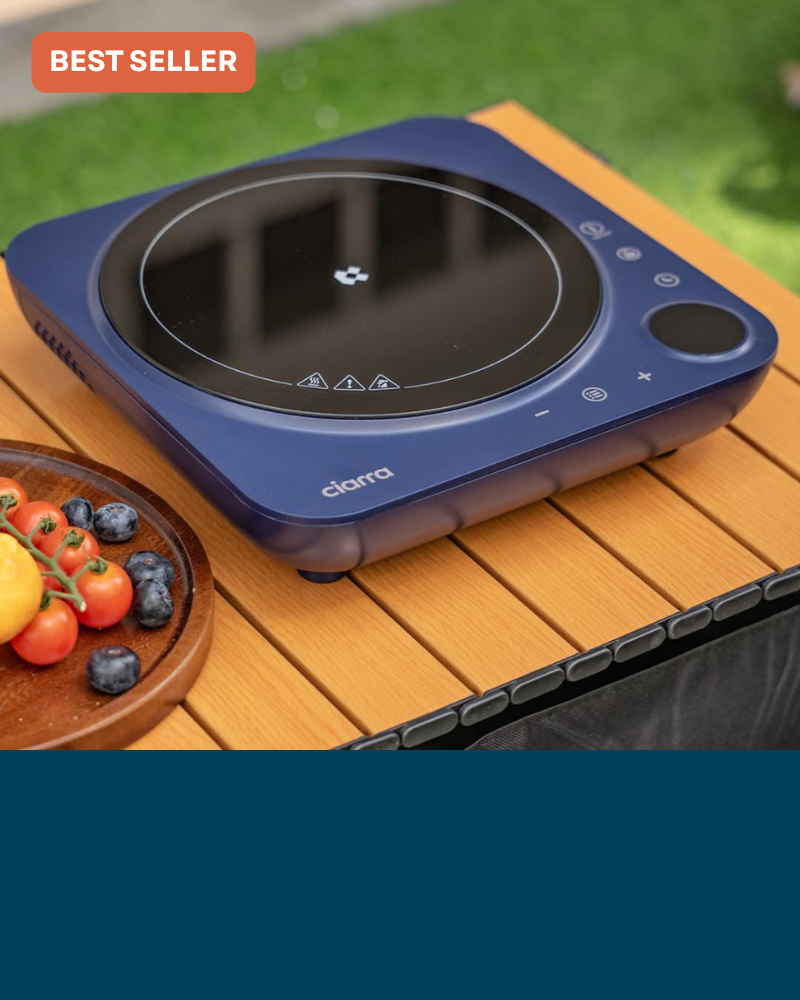
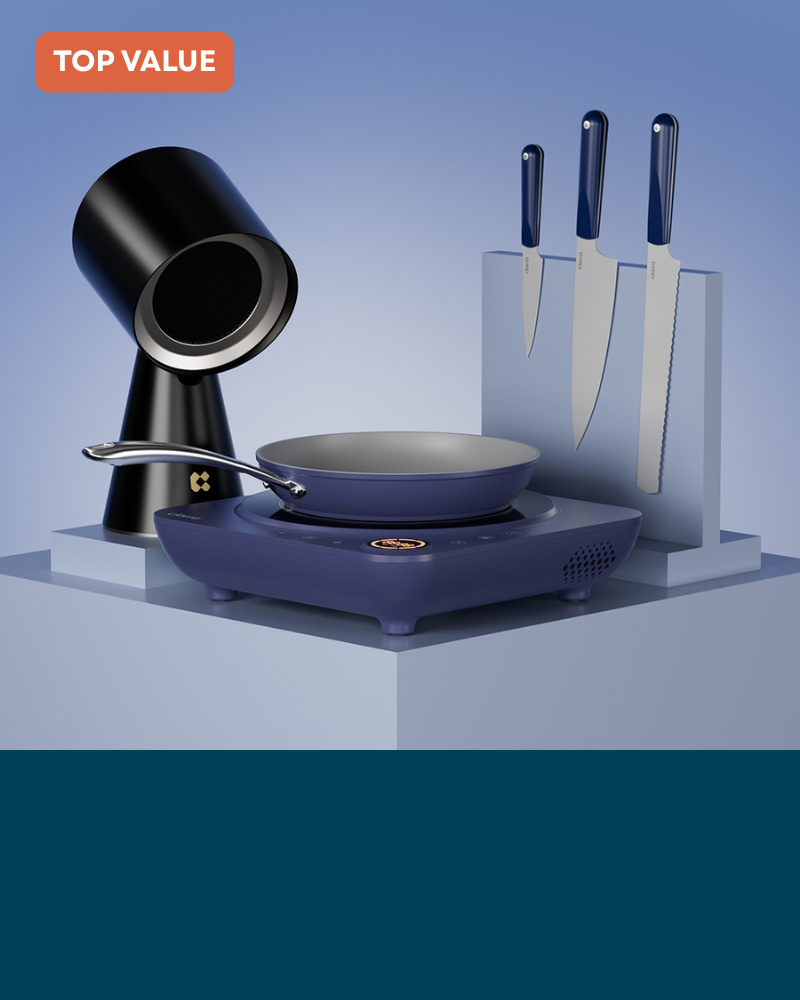
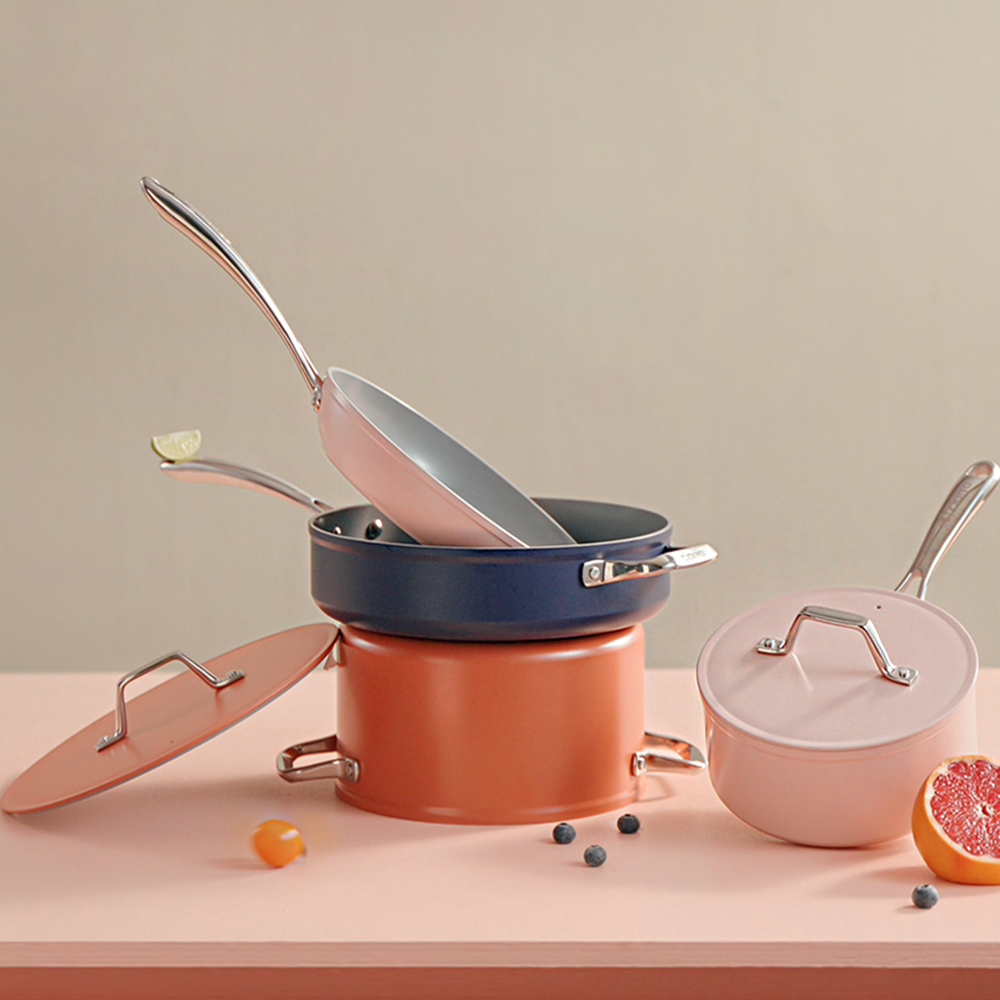
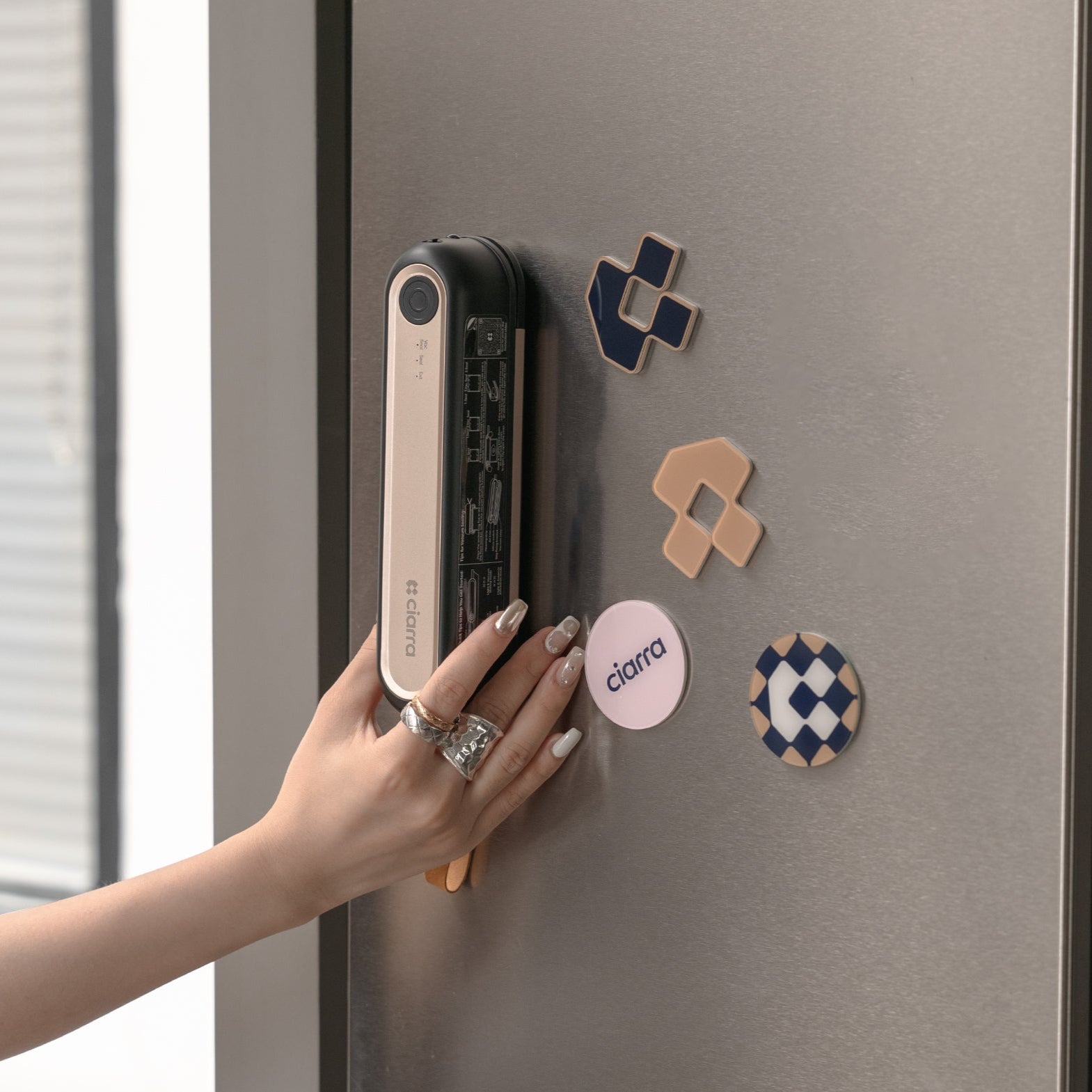
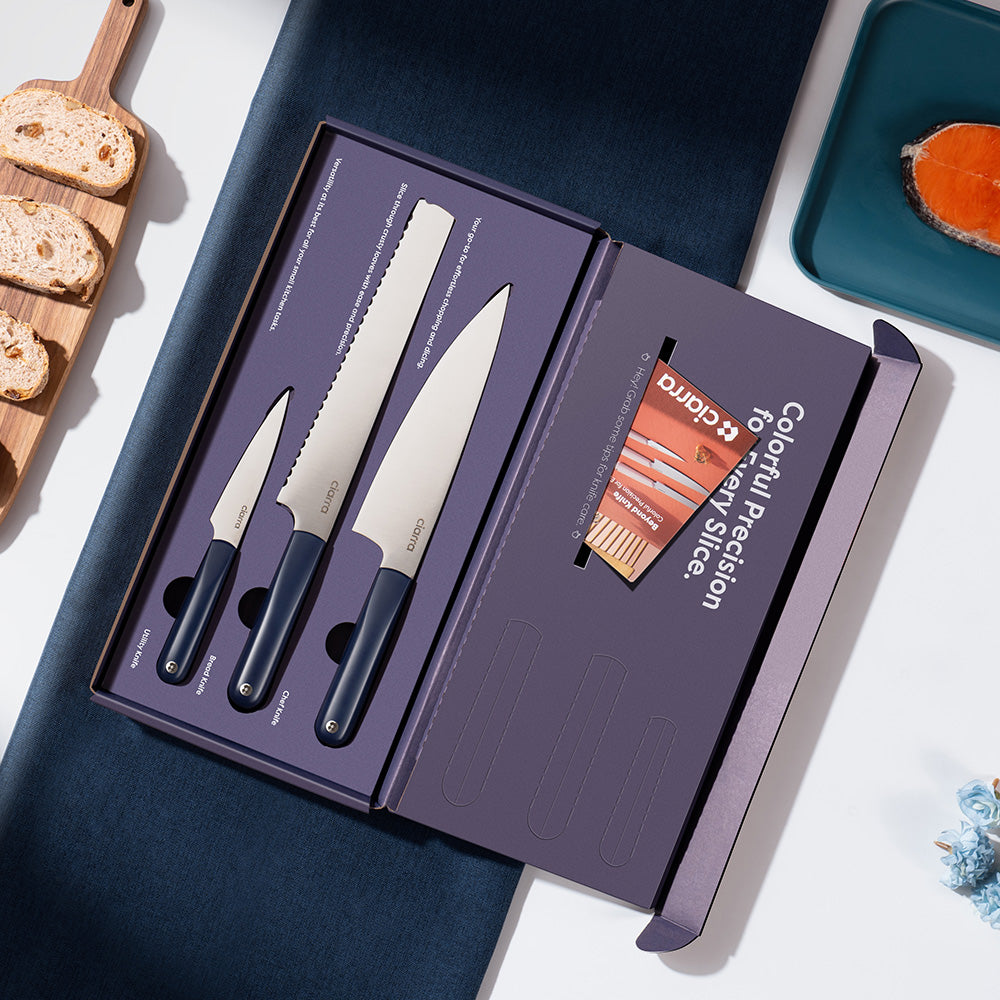

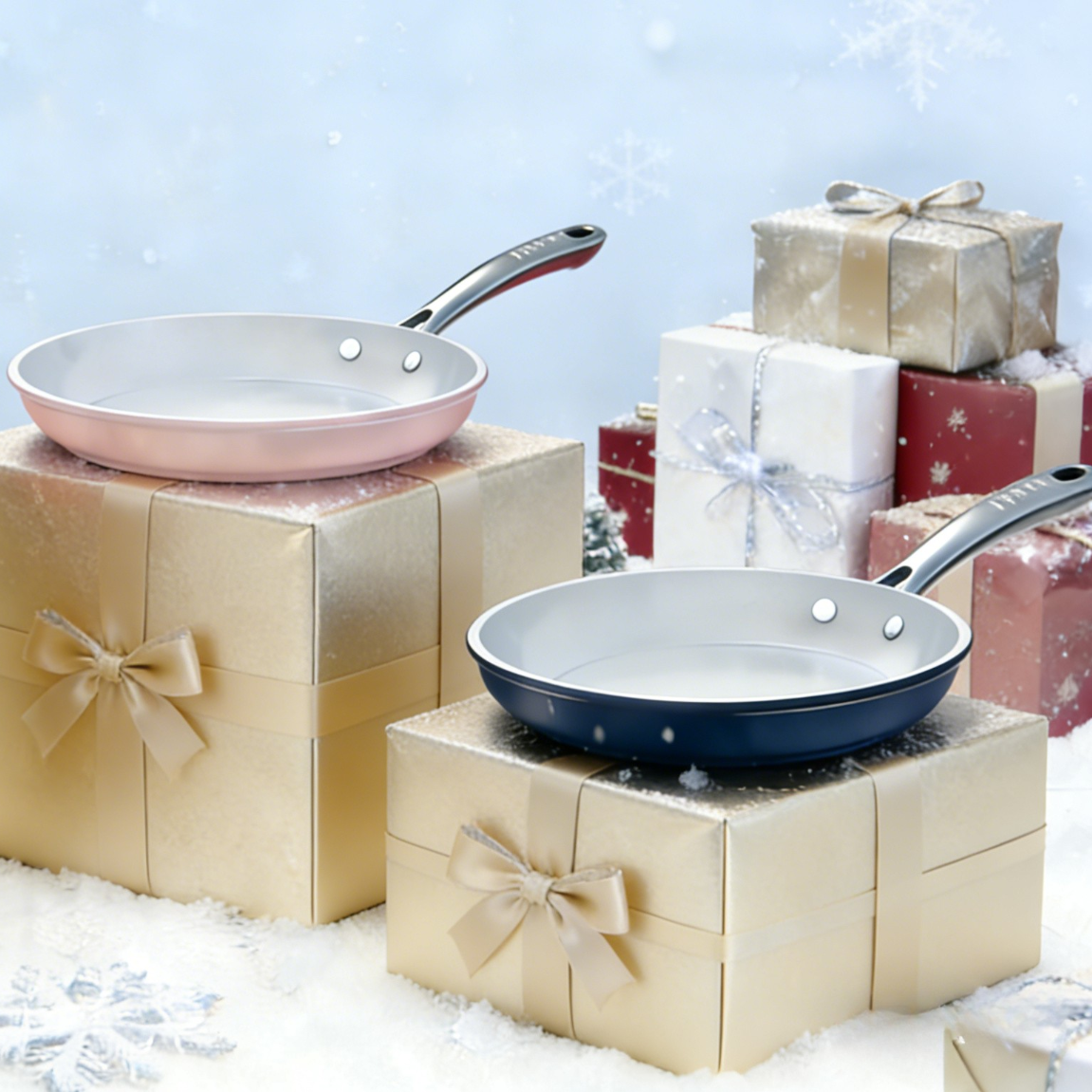
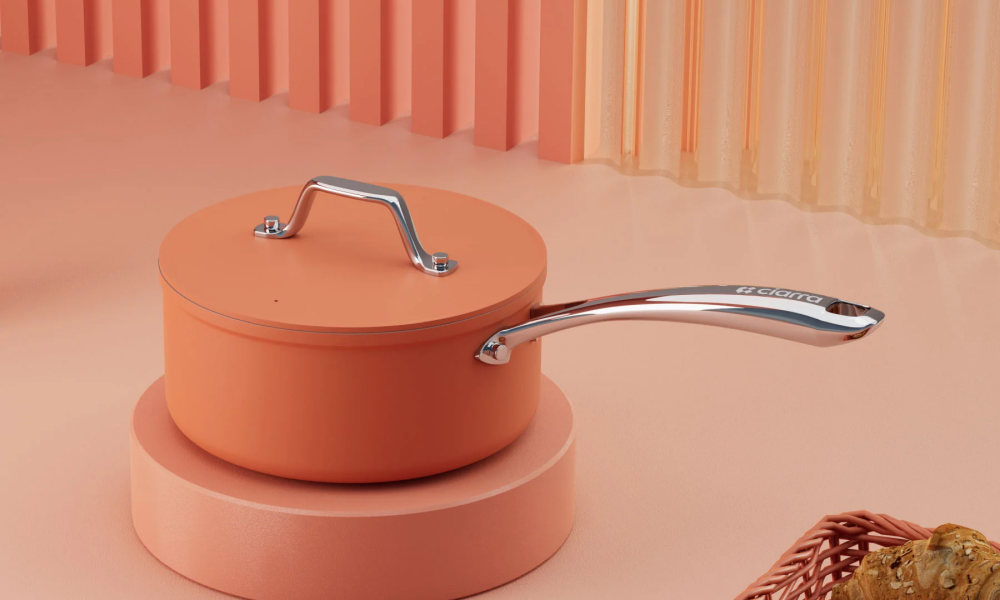
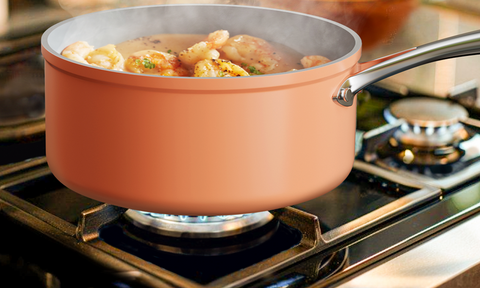
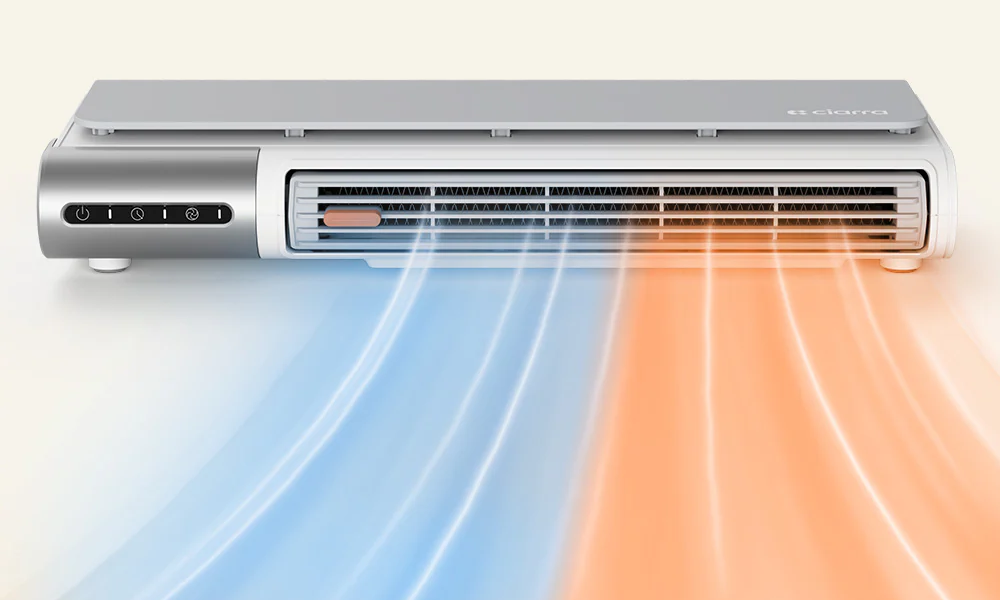
Zostaw komentarz
Wszystkie komentarze są moderowane przed opublikowaniem.
Ta strona jest chroniona przez hCaptcha i obowiązują na niej Polityka prywatności i Warunki korzystania z usługi serwisu hCaptcha.